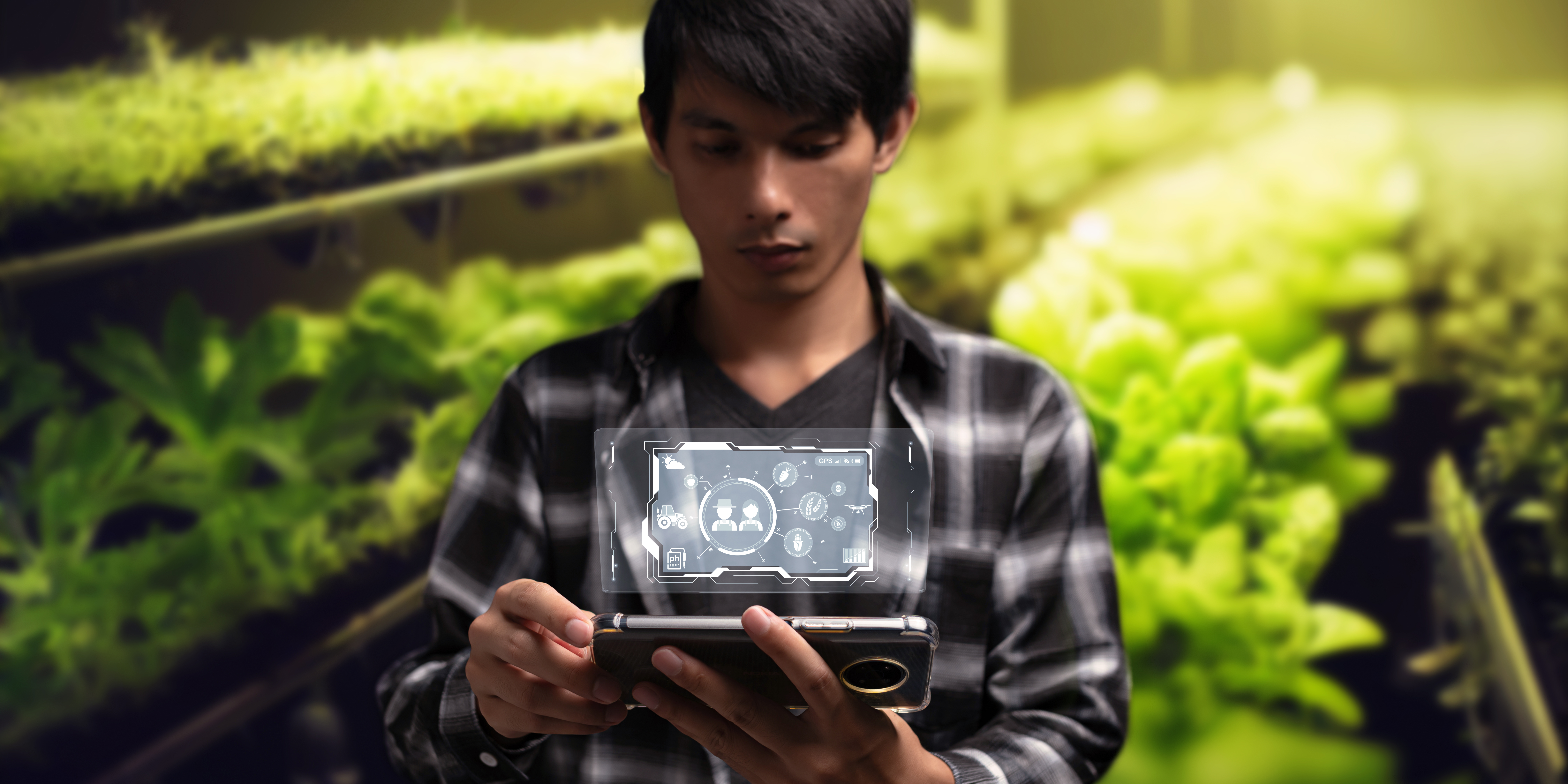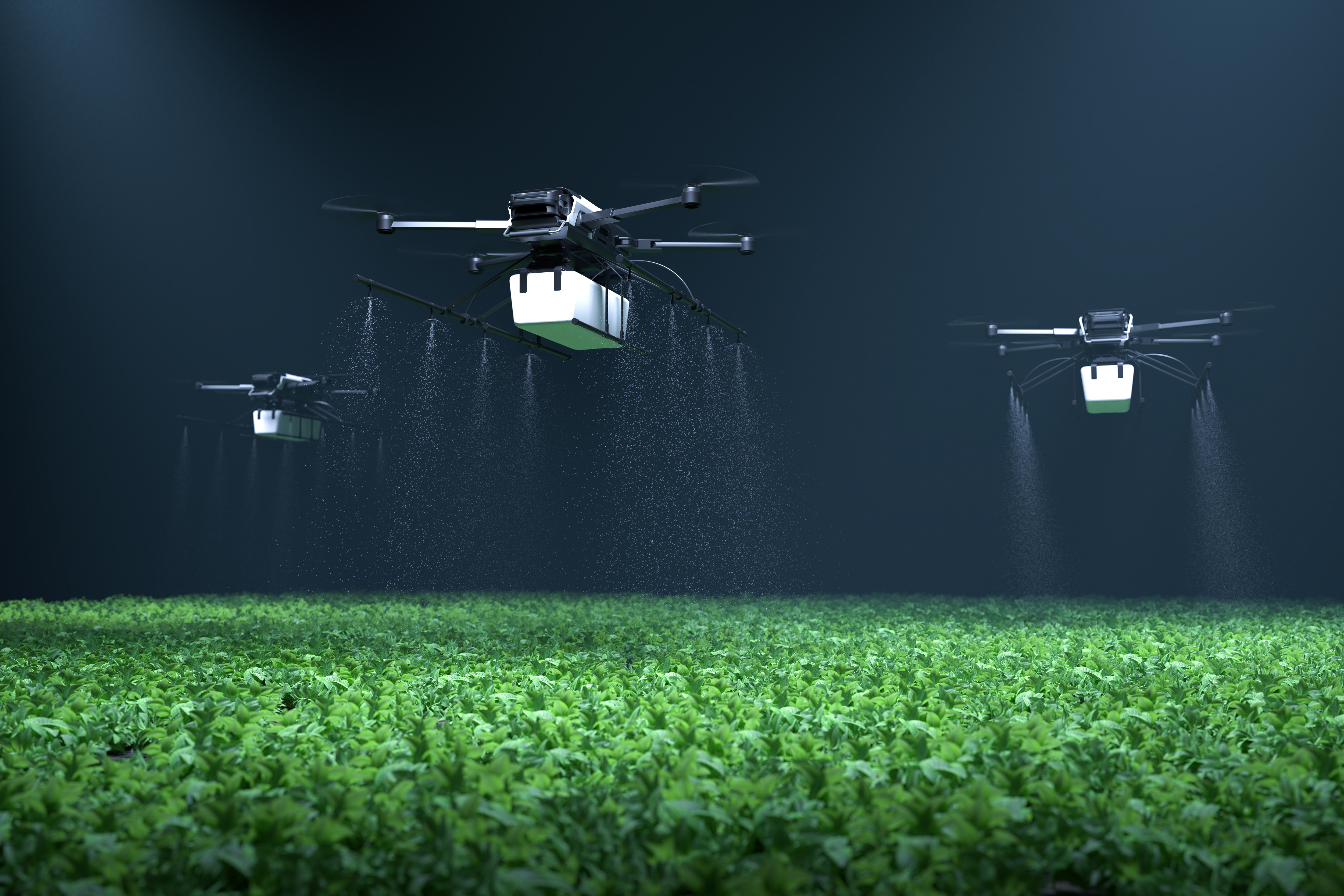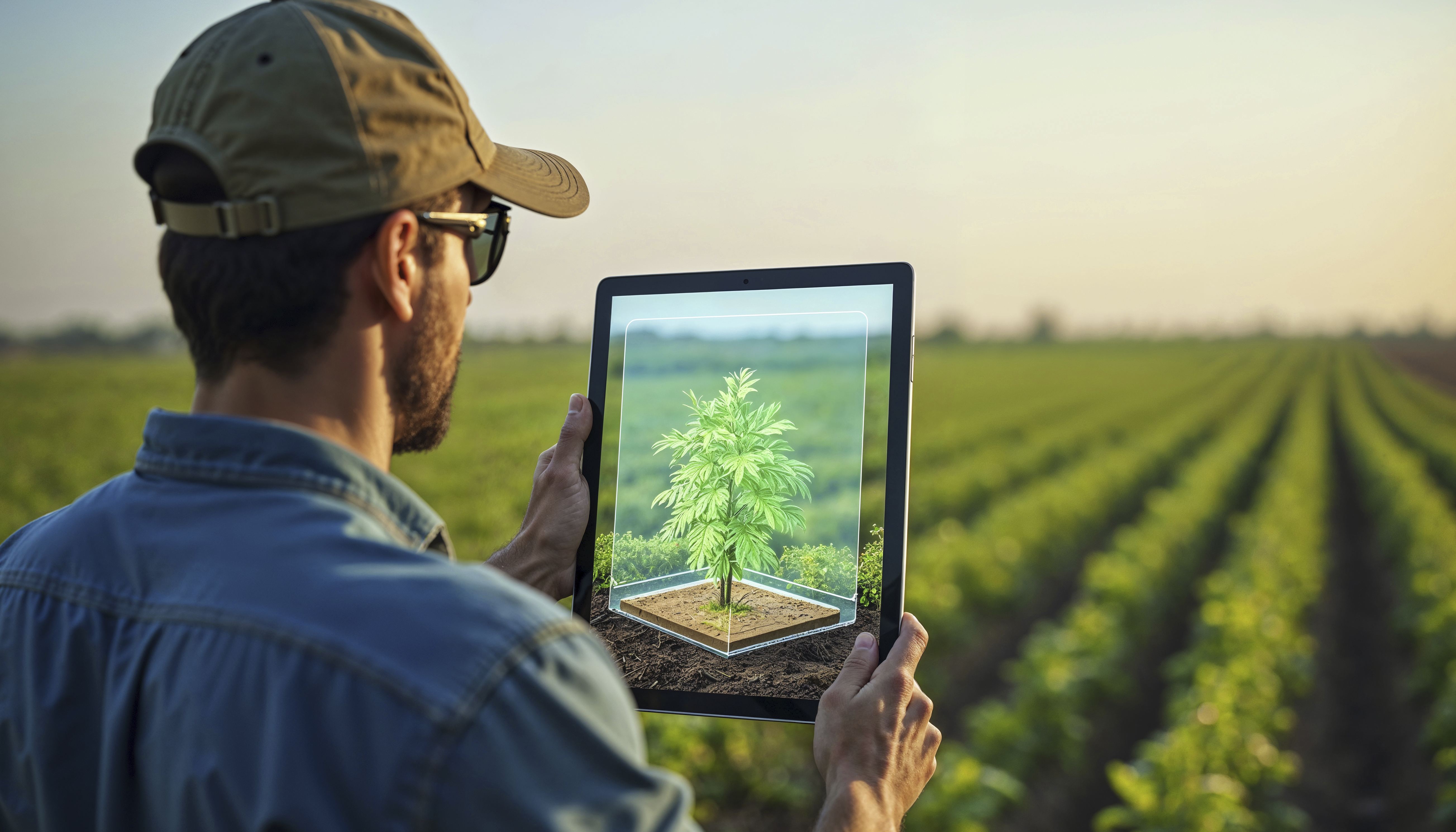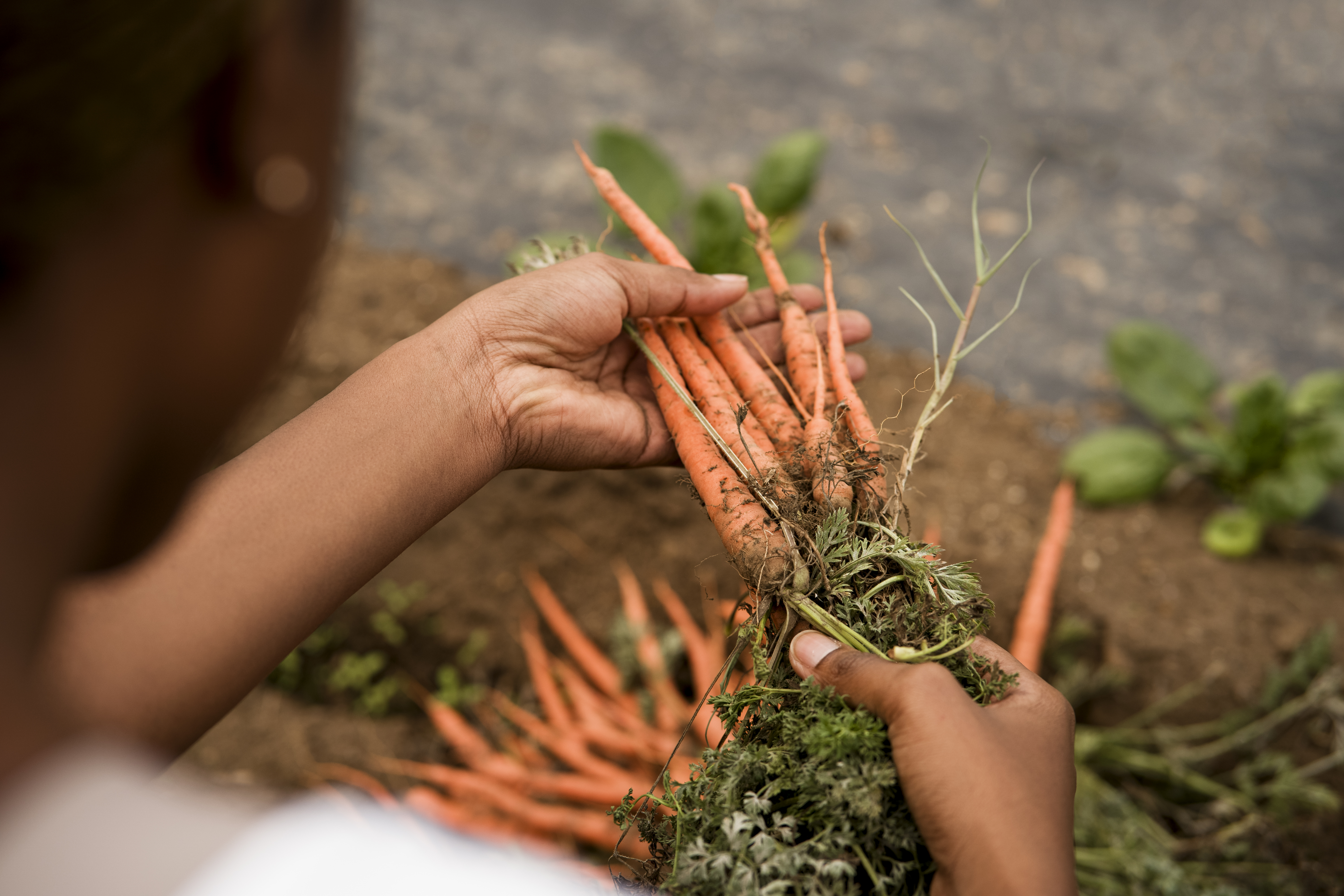Navigating the Future of Agriculture: Technological Advancements in Precision Farming Around the World
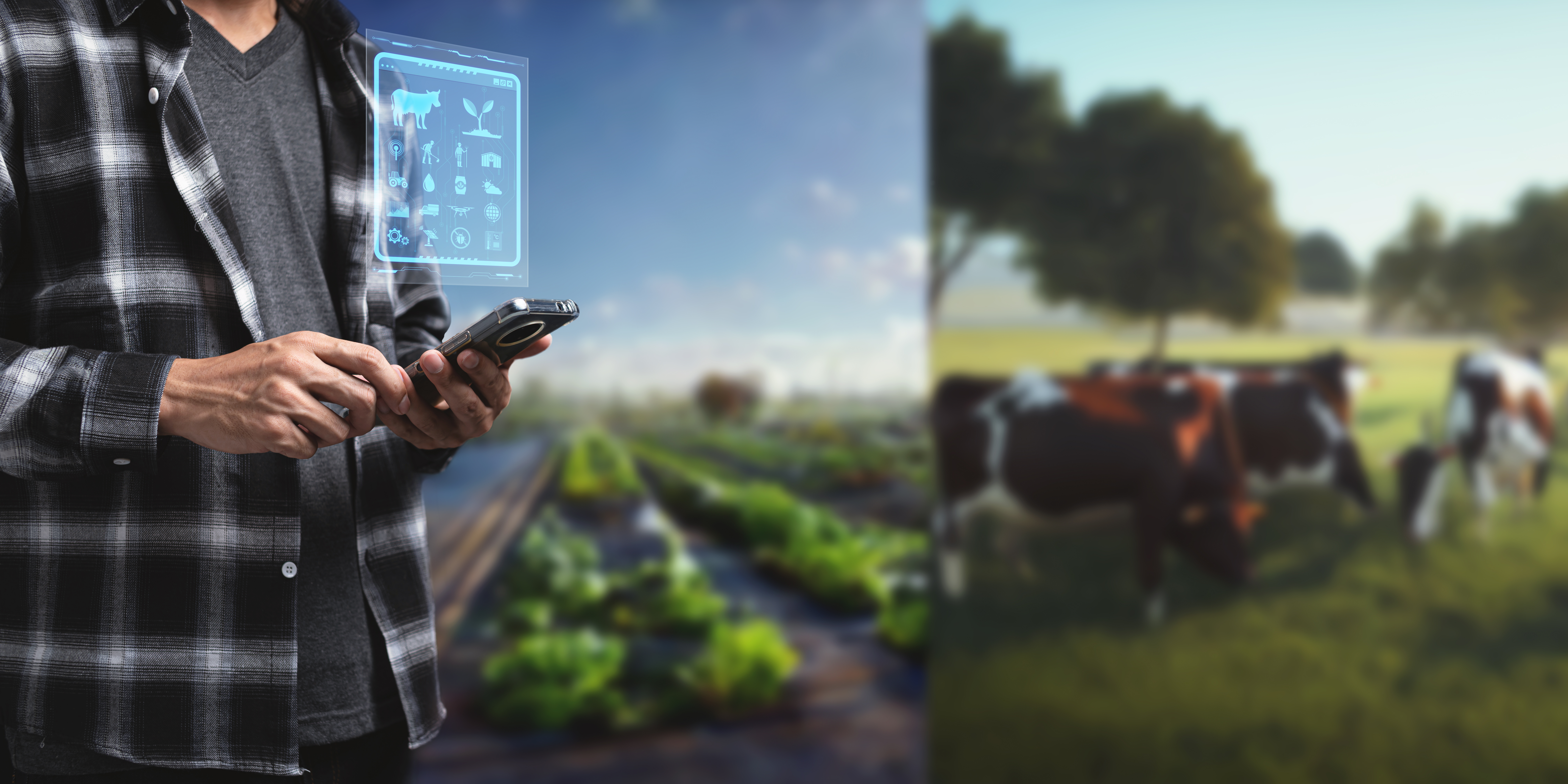
As we are standing on the verge of agriculture revolution, the importance of sustainable and effective farming practices is equivalent to none. It is predicted that the global population will reach around 10 billion by 2050 that puts immense strain on our food systems. This is where the use of all technologies in farming comes into the picture, using technological advancements to increase production whilst being economical. In this blog, we will look at how farming is being changed throughout the world using purpose-built technologies and what the future of farming holds.
Precision agriculture, also known as precision farming, is the concept focusing on increasing yields with the use of technology and management practices aimed at reducing losses. This technique integrates GPS, IoT sensors, drones, or any relevant data management to monitor variability in crops and manage it geographically or spatially. With every farming practice such as irrigation, use of pesticides, or even fertilizers done in the right quantity at the right time, a dramatic increase in productivity can be observed.
One of the most important tools that advances precision agriculture is GIS or Geographic Information Systems. These systems enable farmers to produce a comprehensive database for each surface of their farms, in terms of soil characteristics such as health, or moisture content, as well as the yield of certain crops. By looking at such data patterns, a farmer will know the most ideal locations for planting an appropriate crop as well as how his resources can be utilized in the most efficient way possible. With such knowledge and understanding a farmer is able to enhance productivity and at the same time lessen the adverse effects of agriculture on the environment.
The other important development is that of drones and UAVs (unmanned aircraft vehicles). Drones are mounted with high quality cameras and sensors that aid in gathering real time data on factors such as the state of the crops, the pest situation, and the need for fertilizer or irrigation. This bird's eye view of the field gives all the crop farmers an overall knowledge about the status of their field and hence they can take timely measures to rectify the situation. They also aid in precision spraying which involves spraying chemicals only on the afflicted portions, thereby preventing wastage of chemicals.
IoT technology has now become increasingly important for precision farming as well. Smart sensors installed in the fields can measure the most important variables like moisture content, temperature, and nutrients. Such information is sent to the farmers in real-time making it easy to respond in time for necessary action. For example, if the moisture content of the soil goes below a preset level, the farmer can turn on the irrigation system right away which helps in saving water and guaranteeing healthy crop growth.
Likewise, data analysis is one of the critical elements of precision agriculture. By examining past and current performance data, farmers can estimate expected output, risk level and risks and what measures to take. In addition, farmers may also be able to use machine learning algorithms which can process data that cannot be seen and enable farmers to polish their knowledge and practices constantly. This comprehensive approach who is based on data leads to better decision-making which positively affects the performance and sustainability of the farm.
At the same time, global efforts are redefining the meaning of precision agriculture. Economically developed countries such as US, Canada and Germany are allocating substantial funds into the R&D to further improvement of precision agriculture technologies. These countries are attempting to develop smart farms where a combination of automation, robotics and artificial intelligence will be used. For example, modern-day autonomous tractors are able to plant, till, and harvest without much human handling, allowing farmers to concentrate on critical decision-making processes.
In addition, however, developing countries, too, are starting to embrace precision farming technologies such as satellite imaging for contour farming. In Africa and Southeast Asia, where agriculture often has to deal with resource and climatic factors, satellite-based agriculture is a solution. Projects which enable small scale farmers to use mobile microwave booster and remote sensing systems are enabling them to increase production and adjust to the environment changes. This technology empowerment of the farmers is of great importance to enhancing world food security.
One thing that must not be forgotten is that with these advanced technologies come a certain set of challenges that must be dealt with. Issues such as the privacy of data, equity in access, and the training and educational aspect of the farmers need to be dealt with, if precision farming is to be successful and all the stakeholders be able to benefit from it. As these will be difficult challenges to tackle, partnerships between governments, technology companies, and agricultural community will be necessary.
Finally, it can be said that agriculture is the future and it’s the future that seeks for innovation. Precision farming is not just a buzz; it is a shift that is said to change the very way in which food is produced. By using these technologies, farmers will be able to increase yields, lessen impacts on the environment, and become part of an efficient food system. In this new world that is opening up, it is important for all of us—farmers, consumers, and policymakers—to collaborate towards a future that ensures agriculture is practiced sustainably across the globe.
